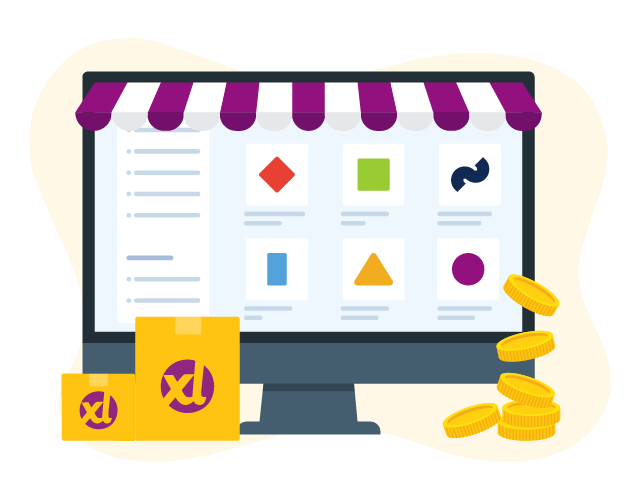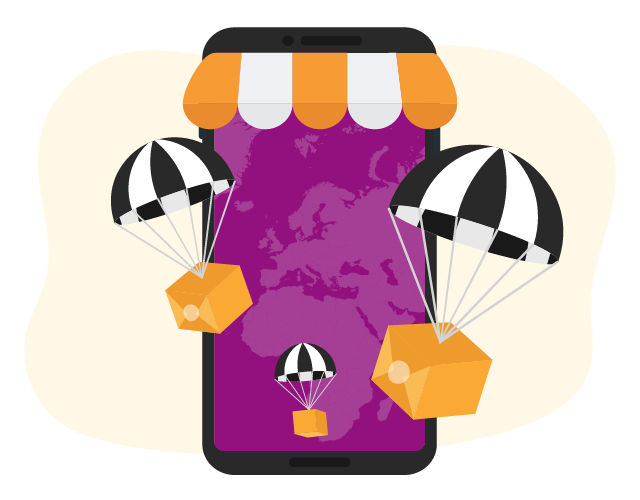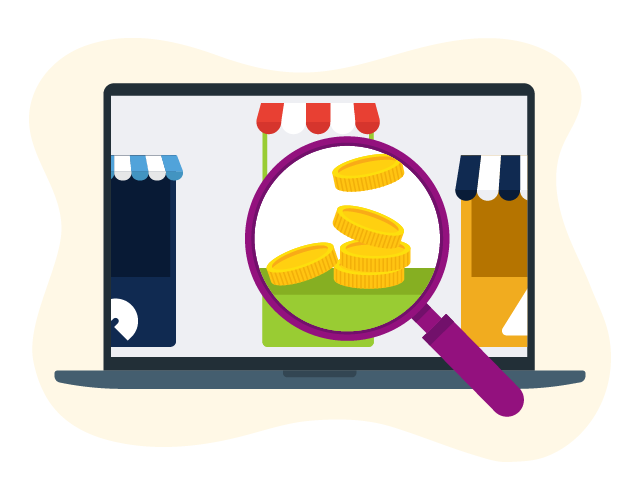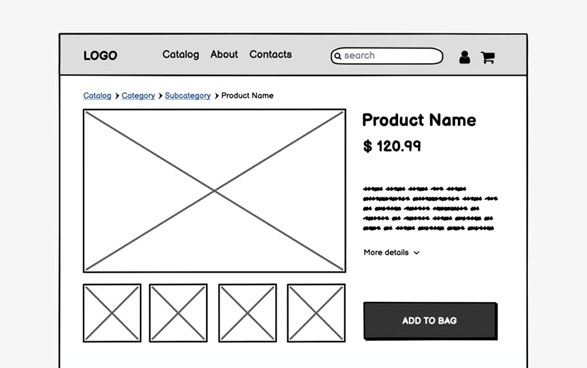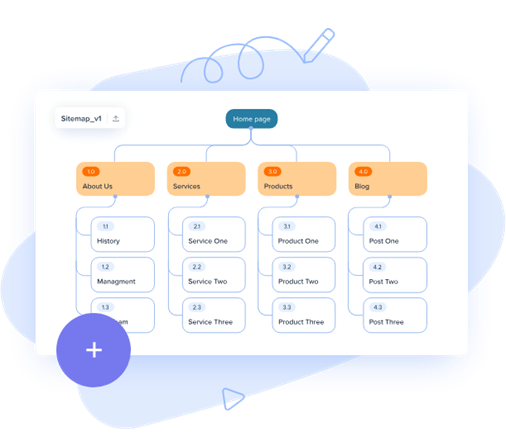1. Fixed markup on cost
Also known as cost-based pricing or cost-plus pricing. A fixed markup means that you add a specific amount to each product at the price you pay your supplier (B2B price).
This will give you a fixed profit margin. There is no set average markup price to go by, since this figure depends on the type of product you are selling.
For example, imagine that the average B2B price of your products is €15. You might decide that you want to add a fixed markup of €15 to cover the costs of your business expenses and a small profit margin. You would then sell these products at a retail price of €30.
Likewise, you can add the fixed markup as a percentage. Taking a look at your operating and marketing costs, you may decide that you need to markup your products by 80% to make a profit. A product with a B2B price of €15 would then be sold to consumers for €27.
2. Tiered markup cost
This is the same as the fixed markup pricing strategy, except that you vary the markup percentage depending on whether it is a low-ticket, medium-ticket, or high-ticket item.
A low-ticket item usually has a retail price of €50 or less. Consumers spend less time considering whether to purchase and often impulse buy. A high margin is applied, which might be around 80-150%.
A medium-ticket item may have a retail price of €60-180. A price markup is typically around 40-80%.
A high-ticket item is the most expensive retail product to sell, at least €200. Consumers spend more time weighing the pros and cons of buying a product in this price range. The price markup is smaller at around 20-40%.
3. High-low pricing
High-low pricing defines the retail price with the intention of offering it at a sale price after some time. This is suitable for dropshipping products such as seasonal goods, for example, swimming pools and garden firepits.
So, a product will initially be sold at a higher price and then as demand decreases, the price will be reduced.
If you were to sell garden swimming pools just before summer, the retail price would start high to meet high demand. At the end of the summer season, this item would be discounted to increase sales as demand drops.
4. Bundle offers
If you want to boost interest in your products and get your customers to spend more, try bundle pricing. You have likely seen it in shops online and offline, where several products are sold together as a pack at a reduced price.
The retail price for the bundle is a great deal for consumers as they save money on what they would have spent if they bought the items separately.
Bundle offers work for many types of product categories including furniture, decor, children's toys, pet supplies, and sports equipment. Not only does it help you to sell quickly, but you also save on marketing costs.
If you were to sell the products on their own, you would need to factor in a marketing budget for each. However, in a bundle, you are able to make the sale without paying for extra Facebook or Google ads.
With this strategy, you can sell multi-packs of the same product or put matching items together. For example, you might decide to sell a garden table, sofa, and chairs as a bundle.
5. Psychological pricing
Finally, there is psychological pricing, which is a technique used almost everywhere. The idea is to lure buyers into a sale by using retail prices that end in odd numbers. The most famous, and arguably the most effective, is a number ending in 99. For example, €15.99 instead of €16.
Consumers feel like they are getting a better price but, in reality, it's only a saving of a few cents. You can experiment with how you round your retail prices. By testing €15.95, €15.99, €15.97 or €16 for items on your dropshipping store, you can see at which price your customers respond the best.
Another tactic is to include the delivery costs into the product price. Many consumers will abandon their baskets if they feel the delivery cost is too much on top of their purchase.
Thankfully with dropshippingXL, delivery is free of charge to our dropshippers. This makes it easy for you to pass on this saving to your customers.

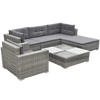



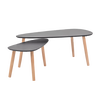
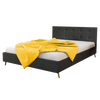
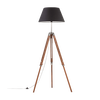

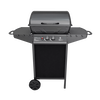






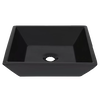

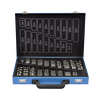

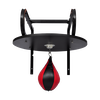
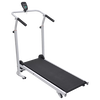
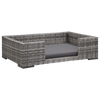


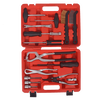


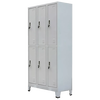
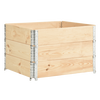


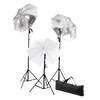
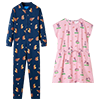

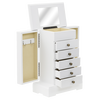




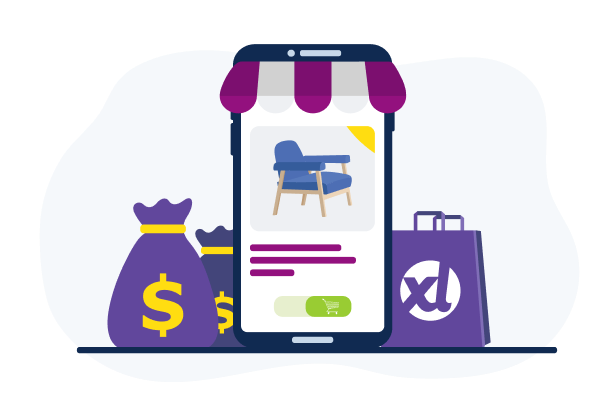


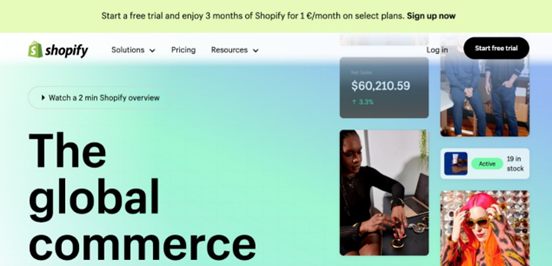
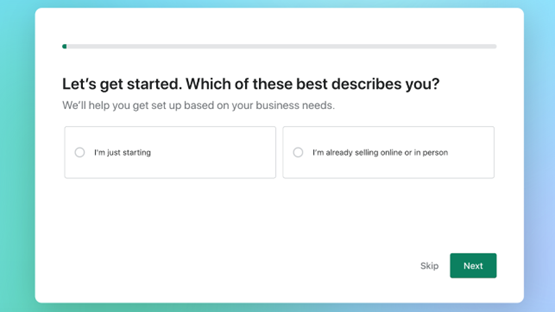
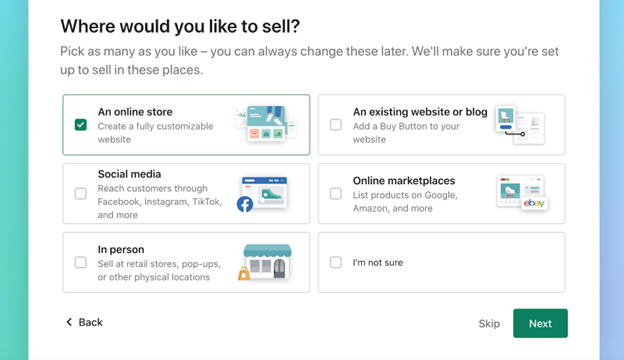
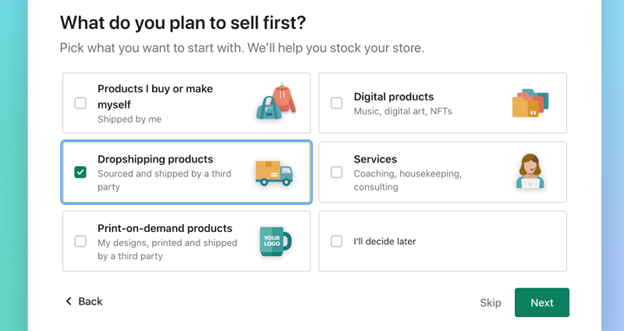
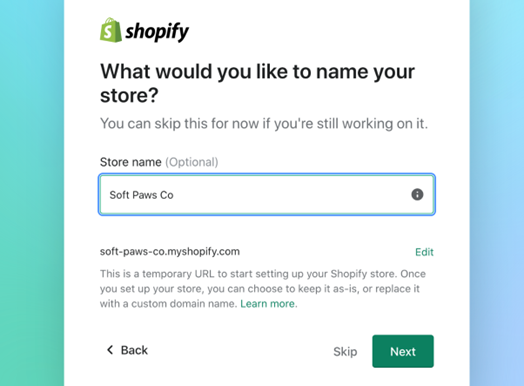
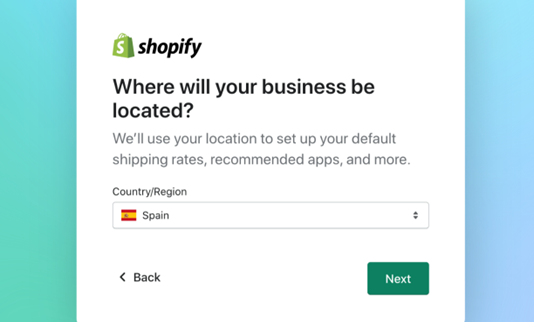
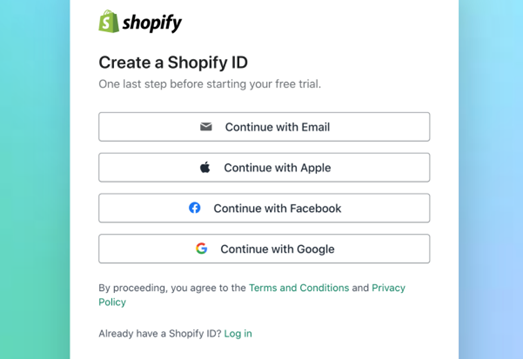
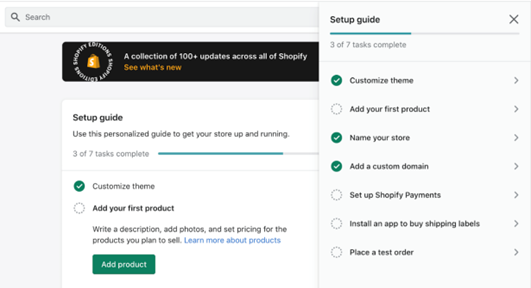
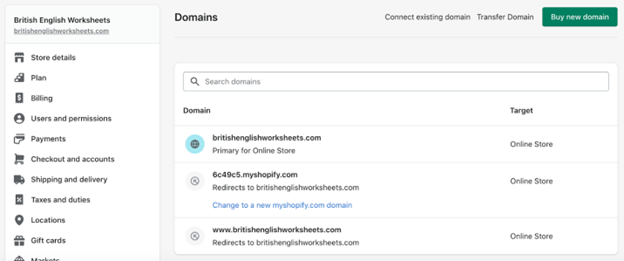

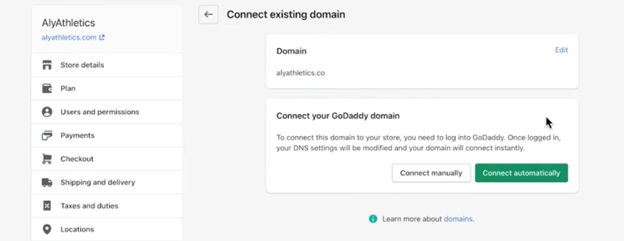
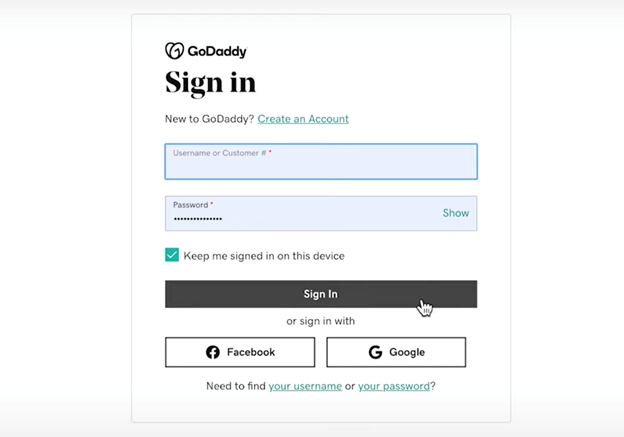
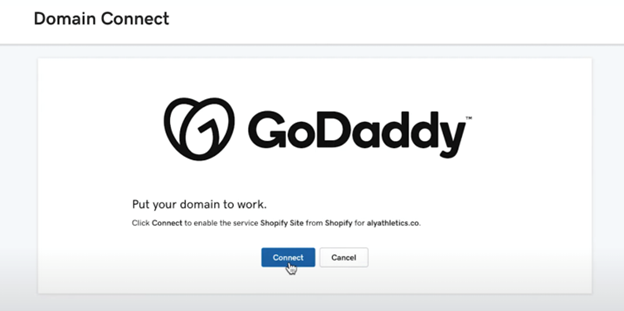
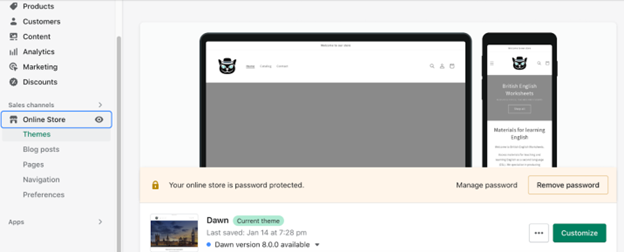
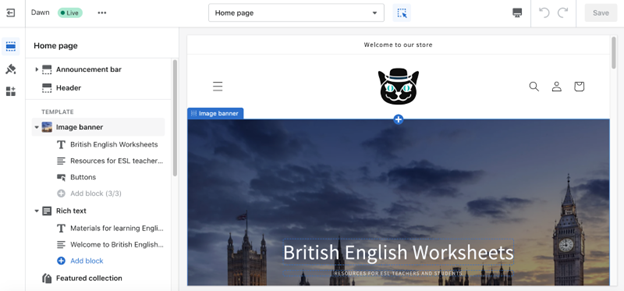
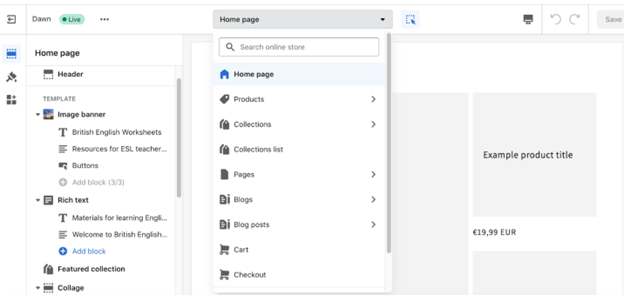









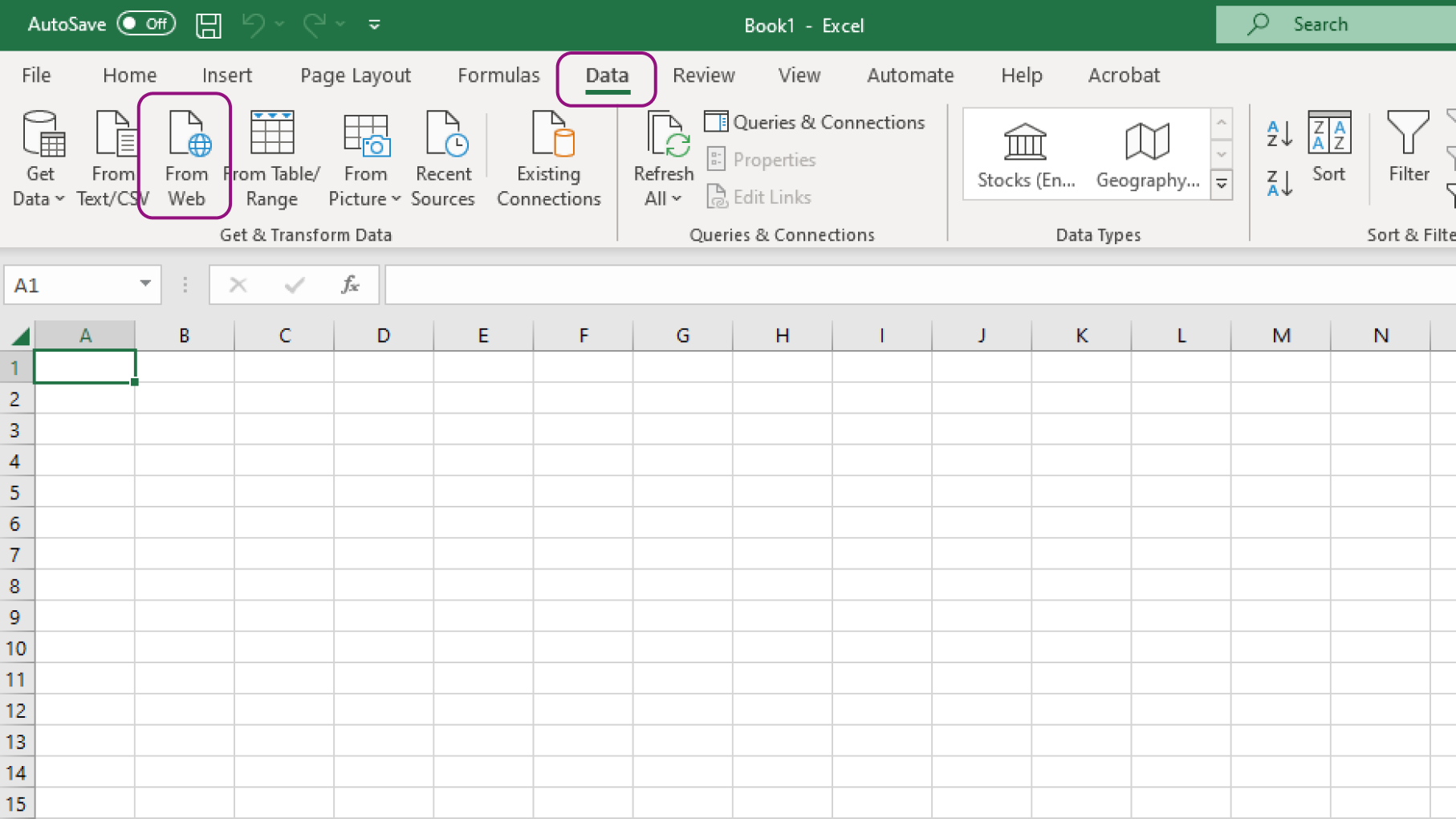
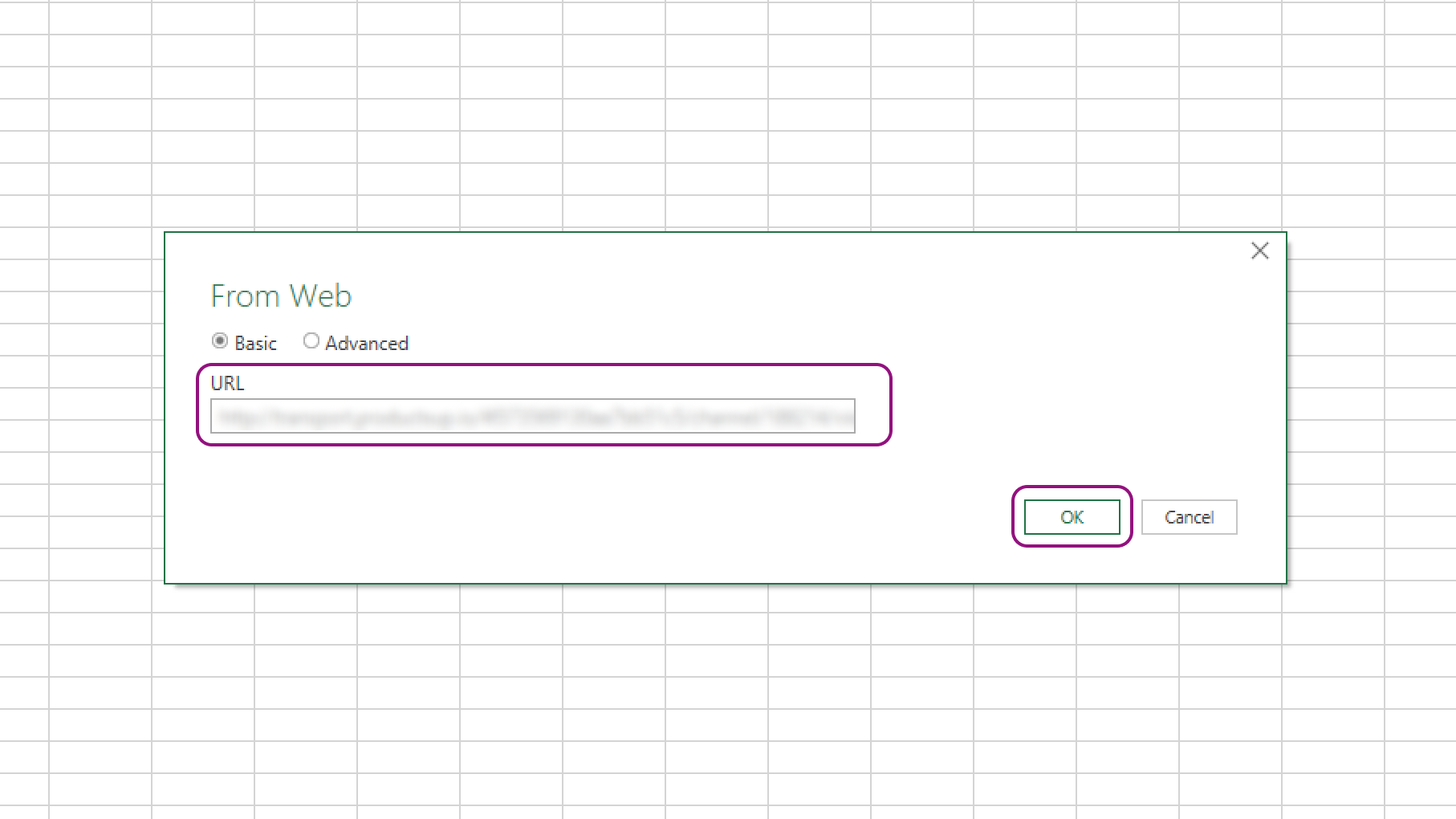
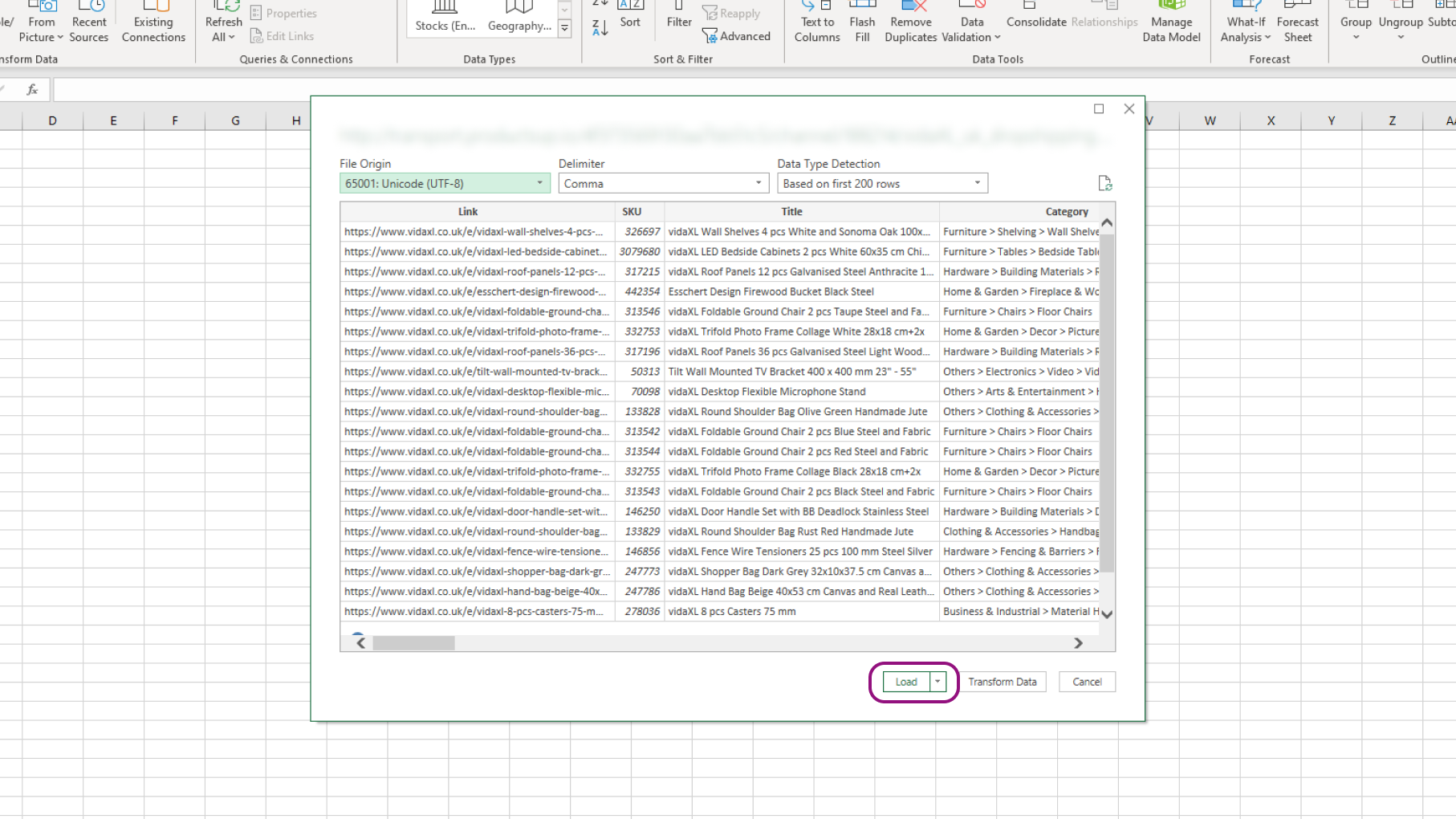
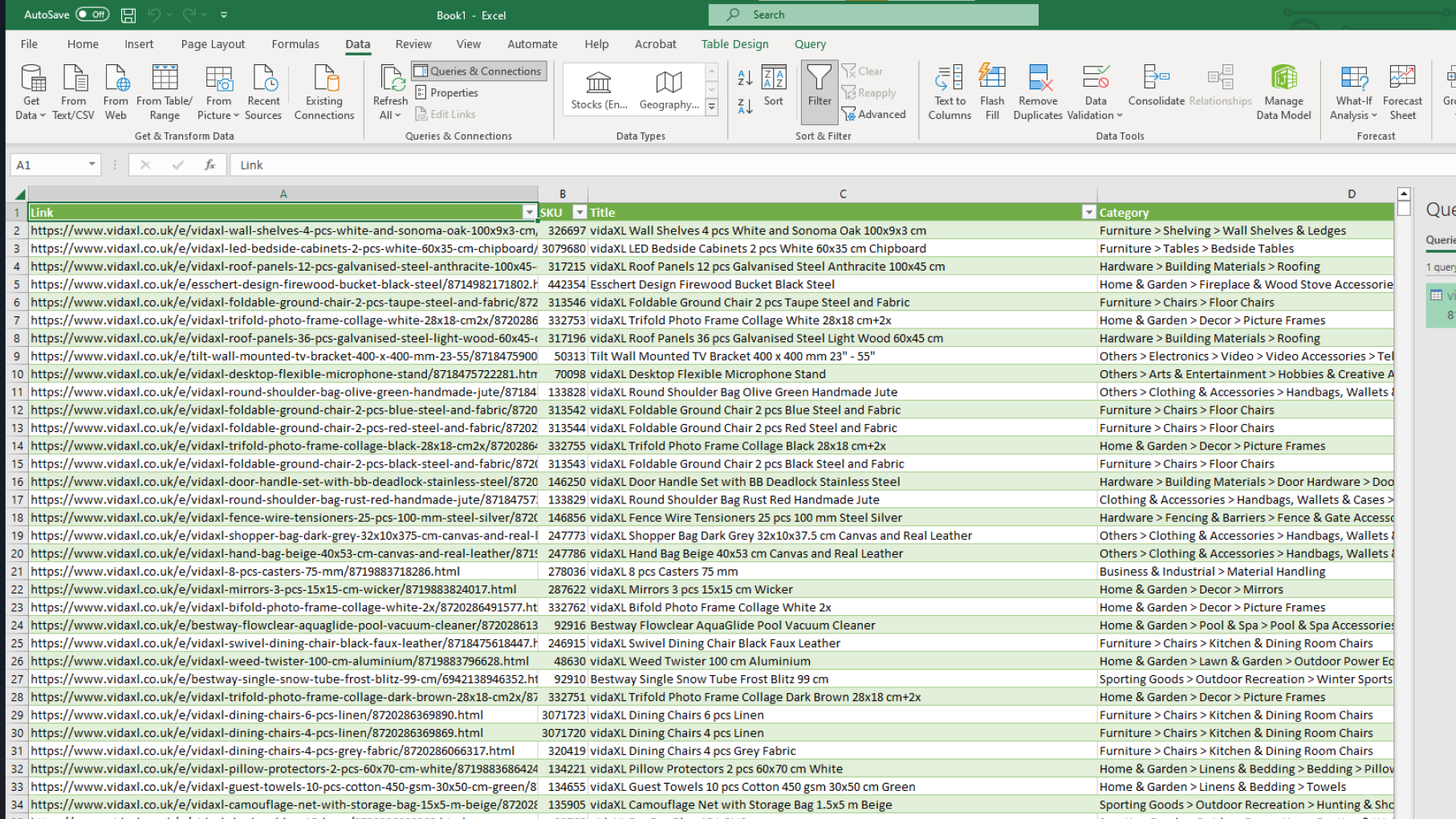
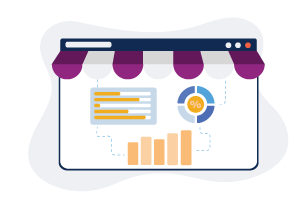



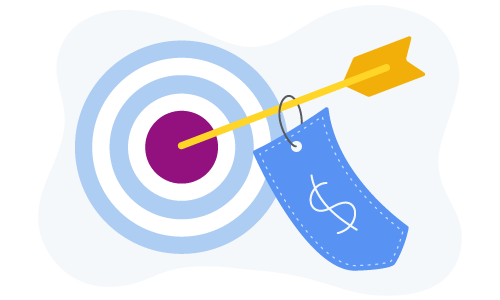
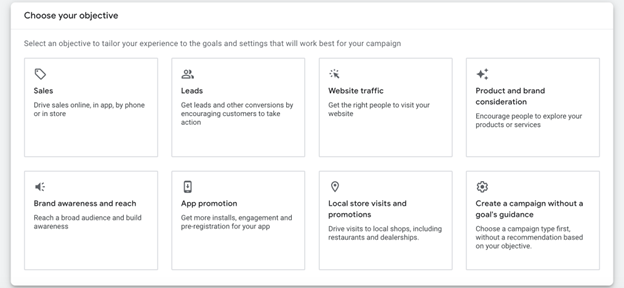
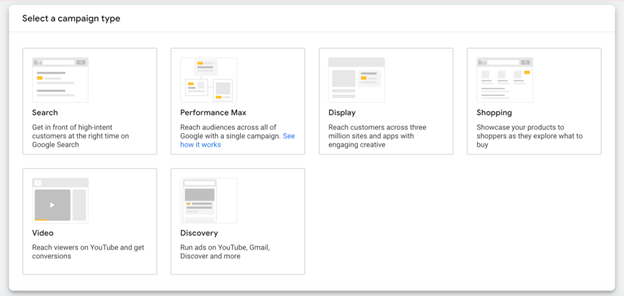

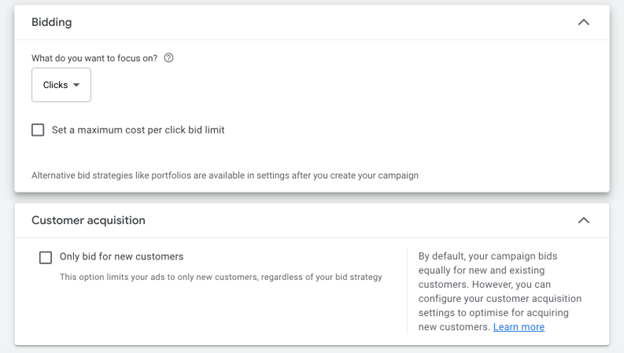

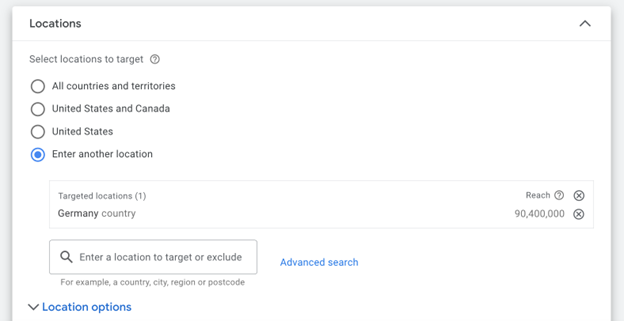


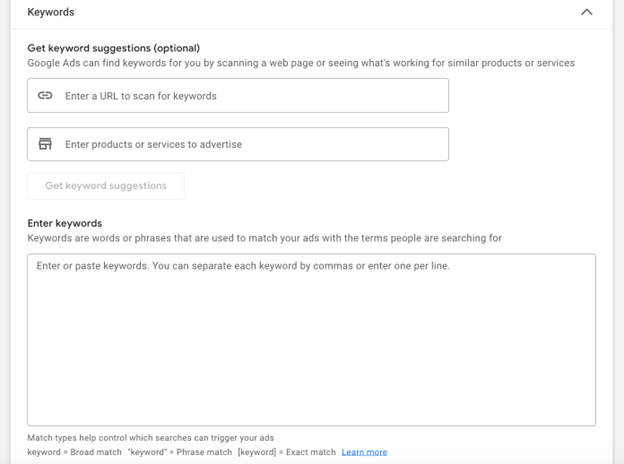
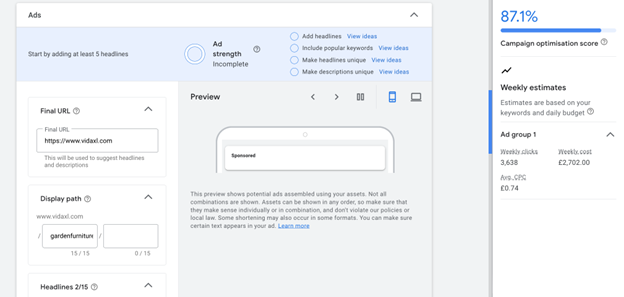
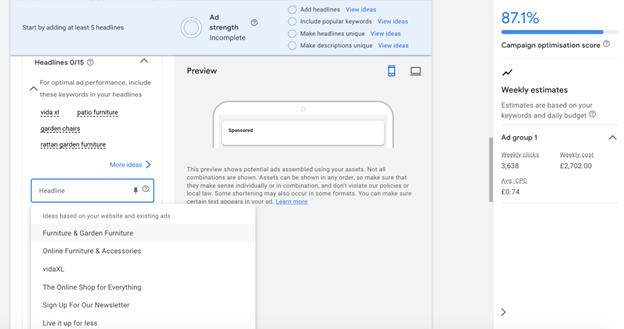
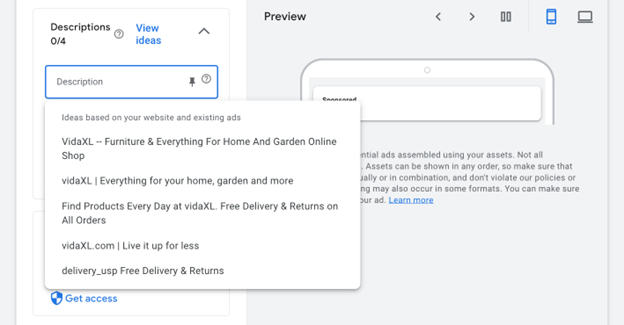
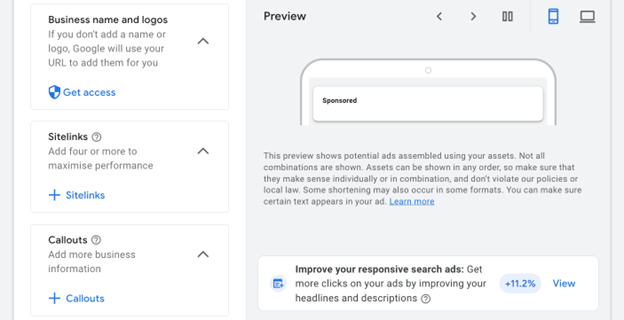
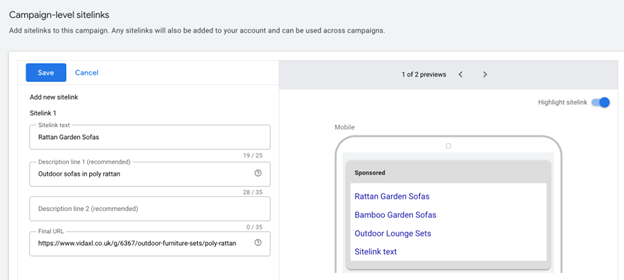
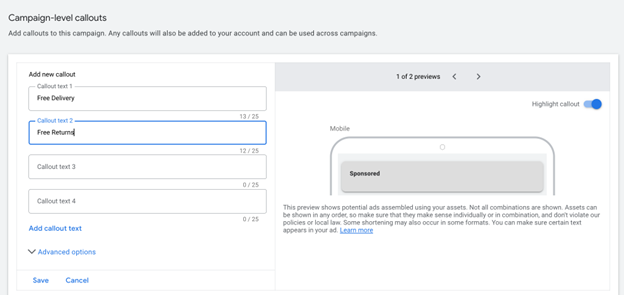
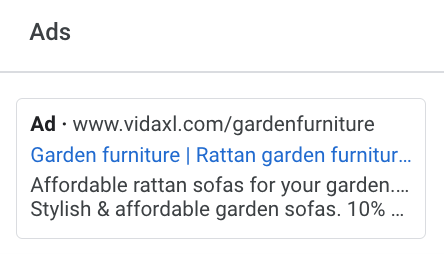
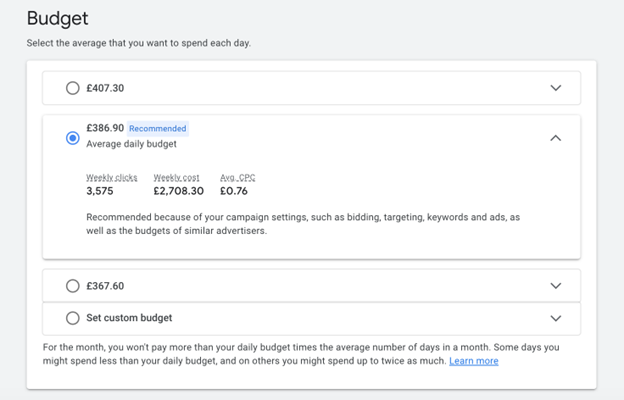
 adverts .png)

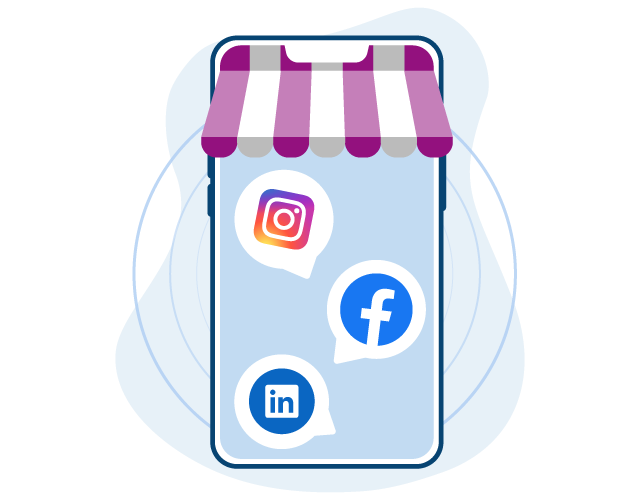

 .png)
